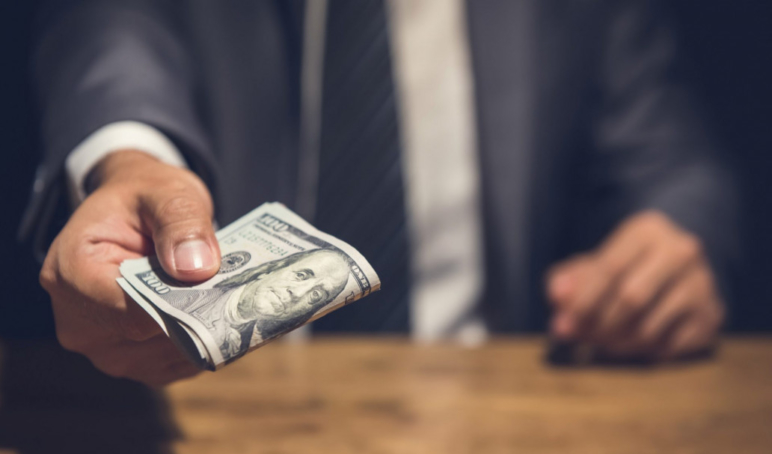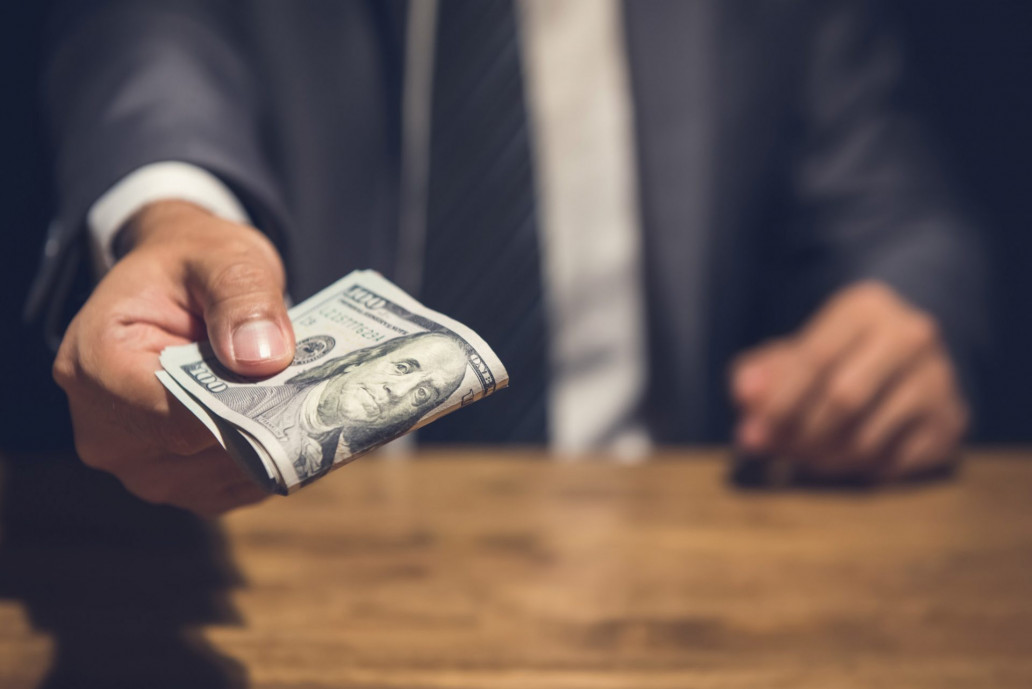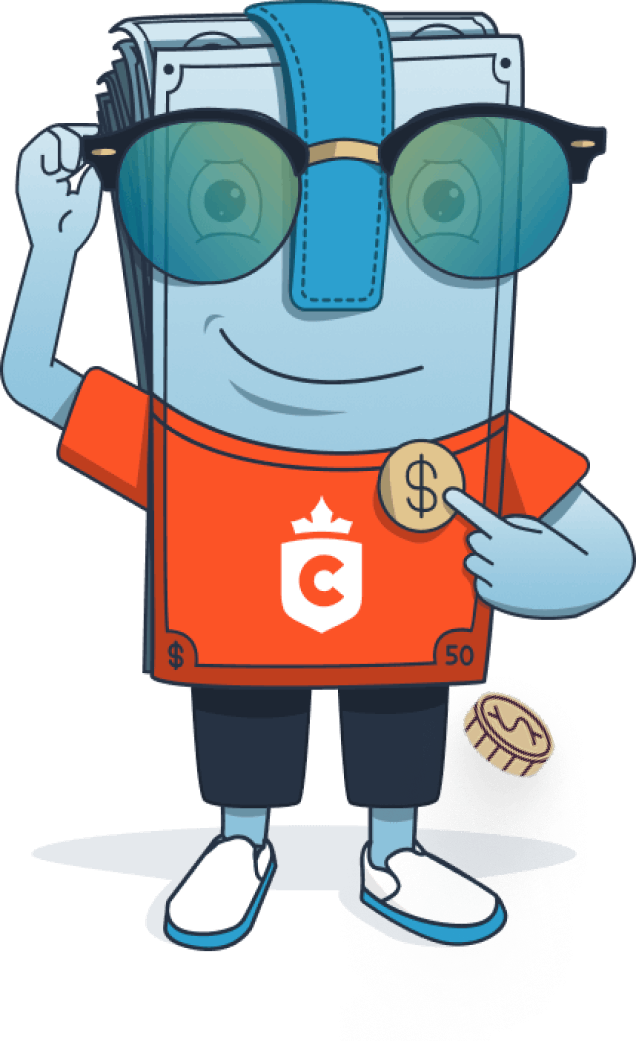

Imagine losing your job with no new job in sight. You have a ton of bills that you need to pay, and you don’t want to default on any of them.
Consider how you can set up and maintain an emergency fund. Then, you won’t have to worry about not having the money you need to sustain yourself in a bad situation.
Keep reading to learn more.
Determine Your Saving Goal
One of the most important parts of setting up an emergency fund is to figure out how much money you should save. The amount of money can vary based on your situation, but try to aim for between three and six months of living expenses.
Having that will give you some cushion in case you lose your job or experience another financial emergency. And if you have a smaller emergency, it won’t wipe out all of your savings.
Of course, this means some people will need to save more money. If you live in a bigger city or have kids, you’ll need to save more than someone with no kids and who has a roommate.
Open a Separate Account
Next, you’ll need to open a savings account just for your emergency fund. If you keep the money in your checking account, you may feel tempted to spend the money, so you won’t be able to save.
Even if you have a savings account, you may want to open another one. Then, you can use one account for your emergency fund and other for other savings goals, such as purchasing a home.
Consider a high-yield savings account to help earn a bit of interest on the money you deposit. The money may not be a ton, but it can help you save more over time.
Assess Your Current Budget
Once you know how much you want to save and have an account for it, you should figure out how much you can save. Then, you can get an idea of how long it will take you to meet your savings goal.
Consider how much you’re able to save each month without changing anything about your budget. If you can save a decent amount, you don’t have to do anything to start putting that money in an emergency fund.
However, if it would take you a long time to save what you need, consider how you can reduce your spending. Then, you’ll be able to reach your savings goals sooner.
Cut Unnecessary Expenses
If you can’t save very quickly with your current budget, you’ll need to adjust your spending. Take a look at what you spend money on that isn’t necessary.
Maybe you eat out multiple times a week, but you have plenty of time to cook food. Try only eating out once per week, and look for cheaper foods to cook at home.
Or perhaps you go to the movies every week, but you also subscribe to multiple streaming services. Cut out the movie theatre and watch movies from home.
Split the Costs
You can also consider ways to split costs to help save money. If you live alone, you might choose to get a roommate so that you can reduce the cost of rent or your mortgage.
Another way to split costs is to carpool with your coworkers, so you don’t have to spend as much on gas. And if you subscribe to a lot of streaming services, add a friend and have them pay half of the subscription cost.
When you go out to dinner with friends, you can also ask to split a meal with someone. Then, you’ll both be able to reduce the amount of money you spend.
Look for Coupons and Deals
You can also save money by using coupons or shopping around for good deals. Now, you should only do this with products that you already need to buy and would buy at full price.
If you start buying things just because they’re on sale, you could spend more money than you planned. But when it comes to things like food or toiletries that you need, coupons can help boost and maintain your savings balance.
After you use a coupon or take advantage of a deal, put the differences into your emergency account. Then, you won’t be tempted to spend it on something else.
Use Multiple Saving Methods
To help build up your emergency fund at the start or after you need to use it, save money in a few ways. First, you can set a goal to save a certain amount each week.
However, you can also save small amounts after buying something. For example, if you buy a coffee for $4.50, save the extra $0.50 for a total of $5.
The more ways you’re able to save money, the faster you’ll hit your goal. Then, you can focus on other financial goals, and you don’t have to feel like you can never afford an emergency.
Set Up an Automatic Transfer
If you have a busy schedule or simply forget to move your money into a savings account, you can automate the process. Talk to your bank about setting up an automatic transfer.
Then, you can transfer a set amount of money each time you receive a paycheque from your job. You may also be able to ask your employer to split your pay for you.
An employer can put most of your pay into your checking account, and the rest can go into your savings. That way, you won’t have to worry about remembering to transfer money into your emergency fund.
Save All Unexpected Payments
Any time you receive money that you didn’t plan on, put it into your savings account. This includes money you receive from things like:
- Birthday or holiday gifts
- Pay raises
- Tax refunds
- Work bonus checks
- Money from selling your old clothes
Since you weren’t expecting that money, your budget doesn’t require you to spend it. The best thing to do with the money you get is to put it aside for a potential emergency.
If you get a lot of money, you may be able to spend some of it on something special. However, you should use some of the extra cash to boost your savings.
Increase Your Income
Another excellent way to save for a financial emergency is to make more money. Now, this can be harder in practice, but you don’t need to rely on your one job to pay you more.
You might start a side hustle walking dogs or driving for a rideshare service. If you want something more passive, you might set up a blog or a digital product that will bring you income over time.
Be sure to set aside money to pay taxes on your extra income. However, you can add the rest of those earnings to your emergency fund account to prepare for anything.
Reevaluate Regularly
Every month or so, sit down to look at the money you saved and spent that month. Consider if you’re on track to reach your savings goal by a certain date.
If you want to save more in less time, you can look at your budget to see what to cut the next month. Or if you’re saving plenty of money each month, you can keep doing what you’re doing.
Either way, you want to make sure that you track your progress toward your saving goal. This is especially important after you have a medical emergency or another reason to use the funds, so you can increase your balance back to the ideal amount.
Understand How to Access Your Money
When you do experience a financial emergency, you need to be able to access the money as soon as possible. So before that happens, you need to know what you’ll have to do to get the funds.
If you keep your emergency fund at the same bank as your checking account, you may be able to transfer the money online. However, you might need to go to the bank in person if it’s your only account there.
Either way, make sure you know how quickly the funds will be available. Then, you can plan for the worst of the worst.
Know What Constitutes an Emergency
As you start and maintain your emergency fund, consider what events will warrant withdrawing that money. For example, if you lose your job, you can use the fund to cover that loss of income until you start working again.
You might also choose to use the money if your car needs major repairs. If you get severely ill, you could also use the money in your emergency fund.
However, consider what doesn’t count as an emergency, such as going on a shopping spree. That way, you can make sure to manage your money well.
An Emergency Fund Done Right
Having an emergency fund can help you save yourself from the brink of financial ruin. Luckily, you don’t need a ton of money to start a fund, and you can build it on a schedule that works for you.
Be sure to consider how to start and maintain the fund and when you should tap into that money. Then, you’ll be able to handle any emergency you encounter.
Do you need more money than your emergency fund has? Request a cash loan today.





